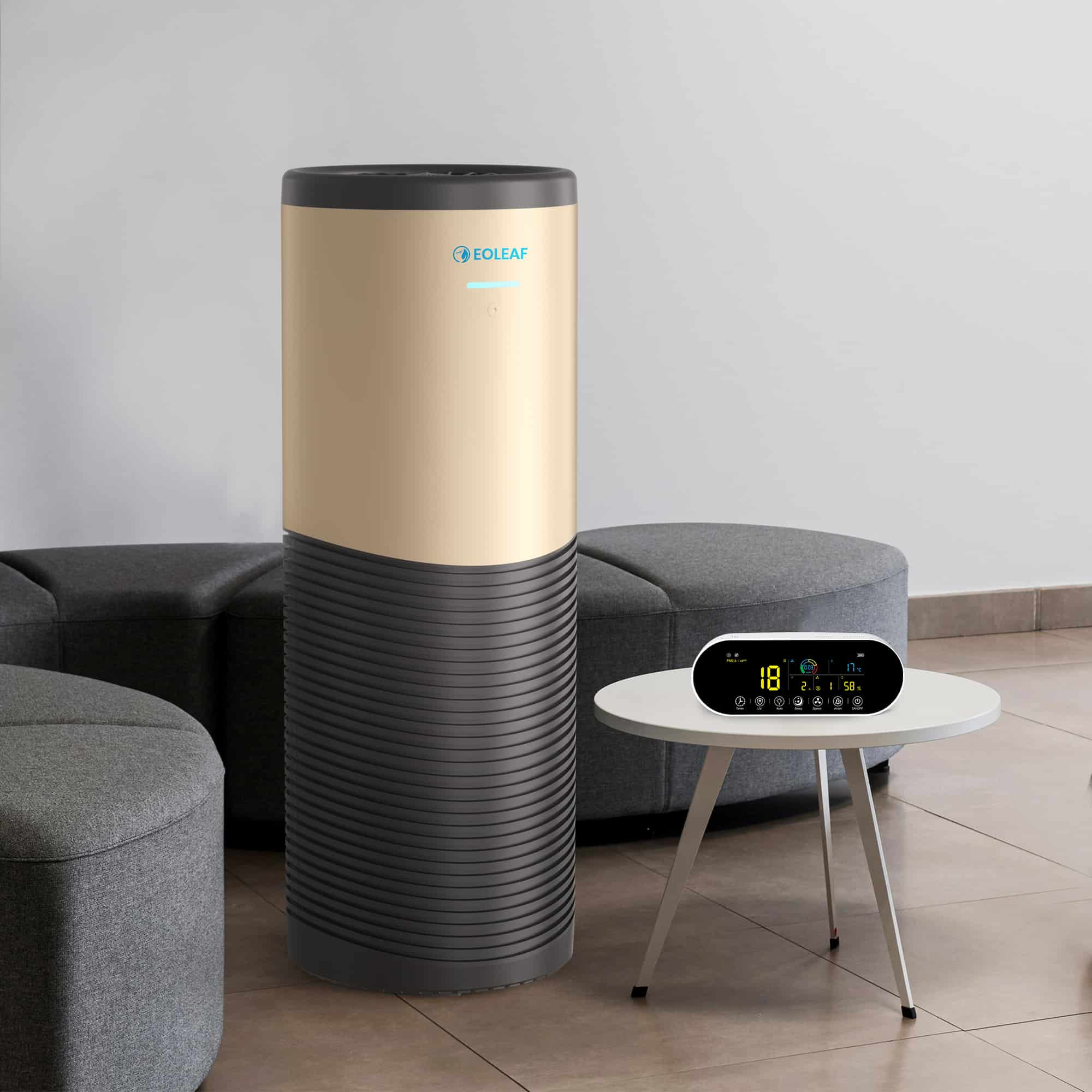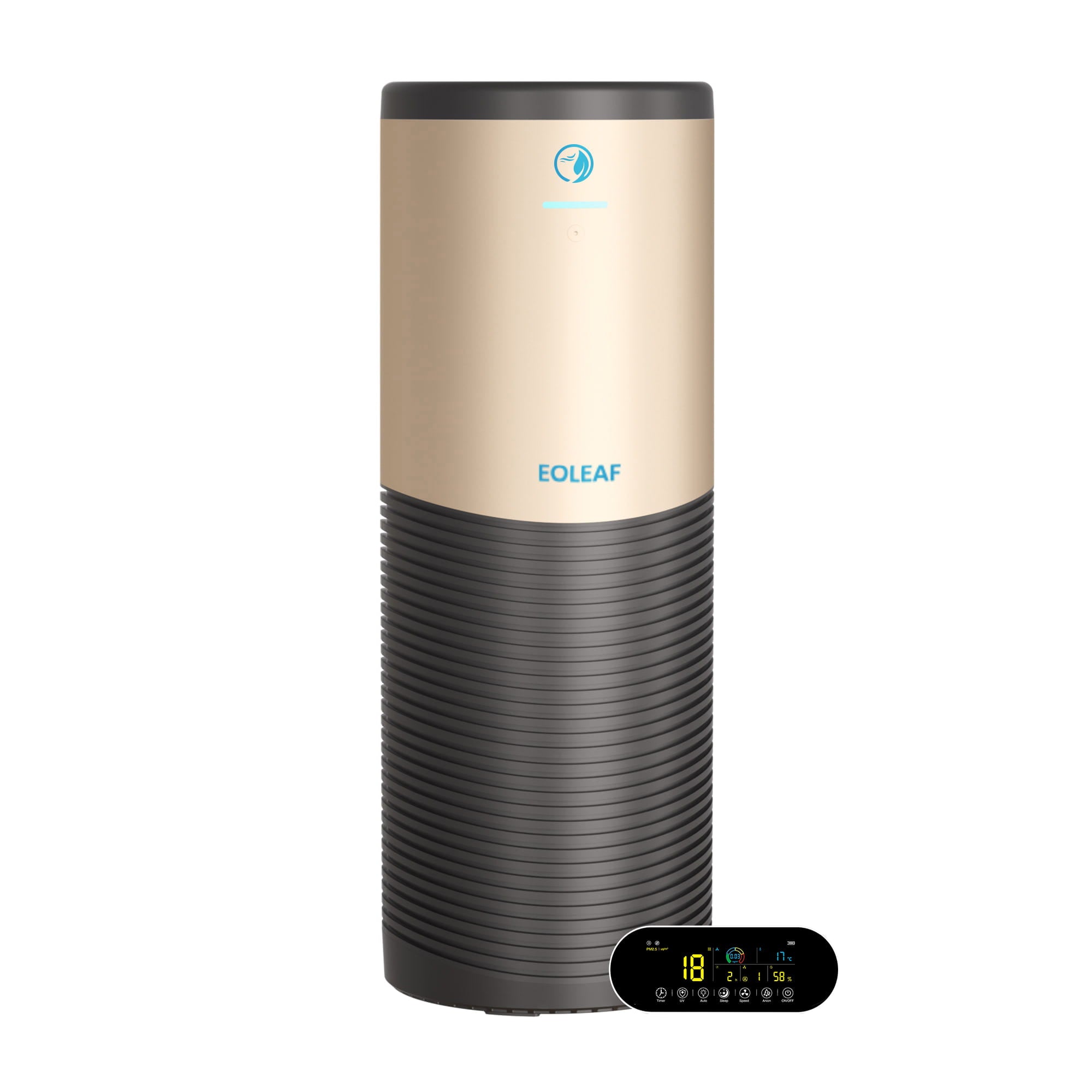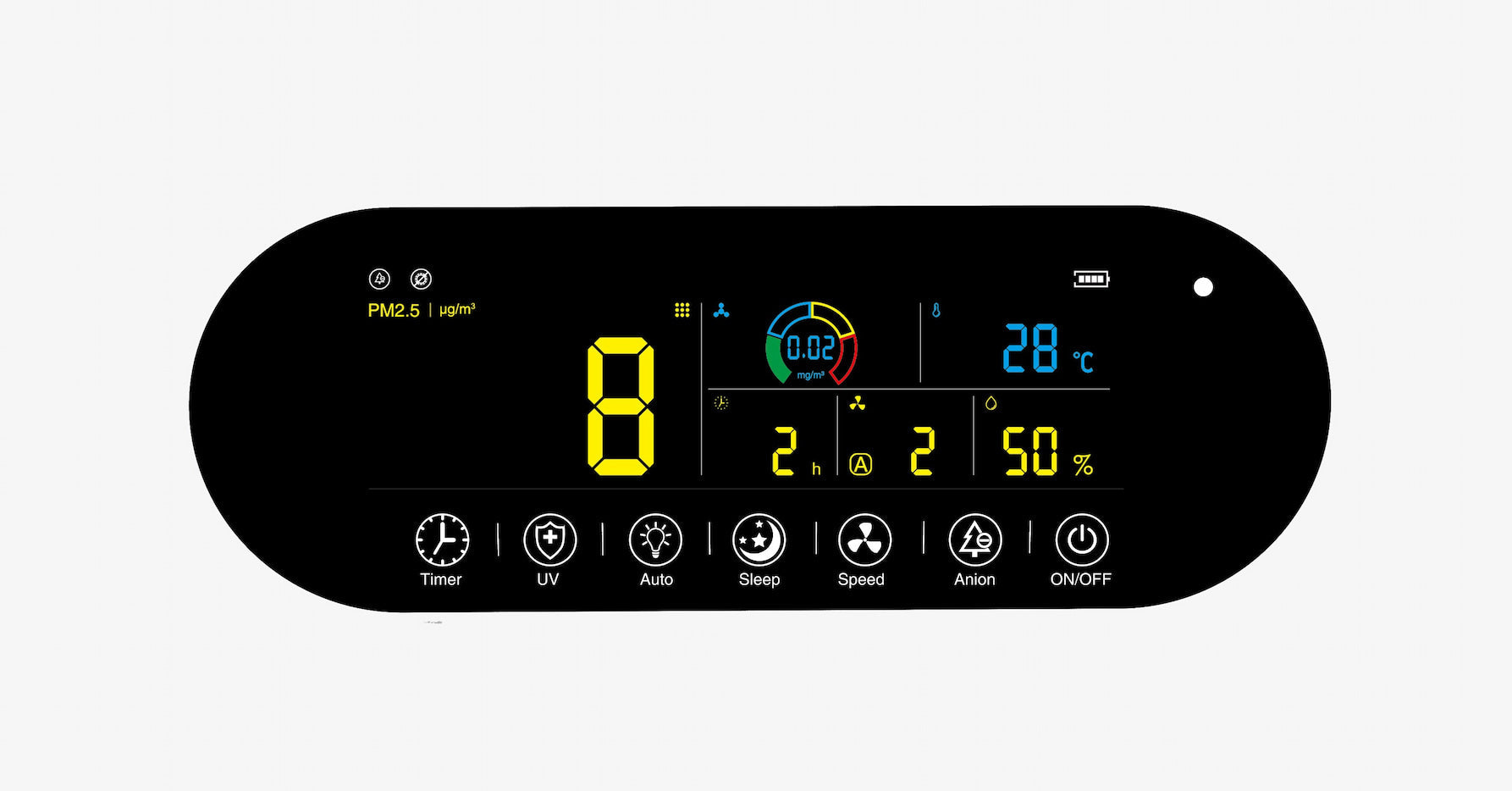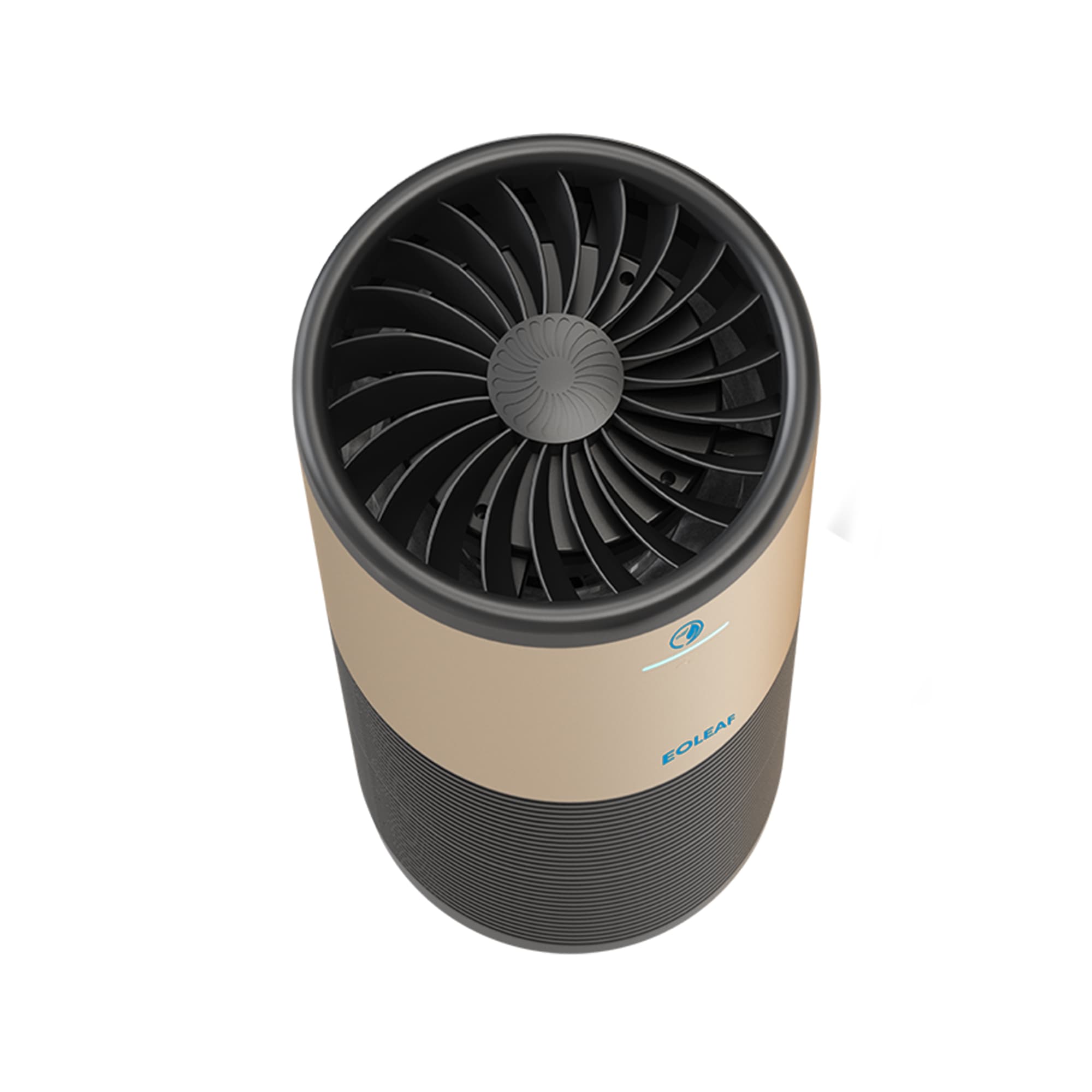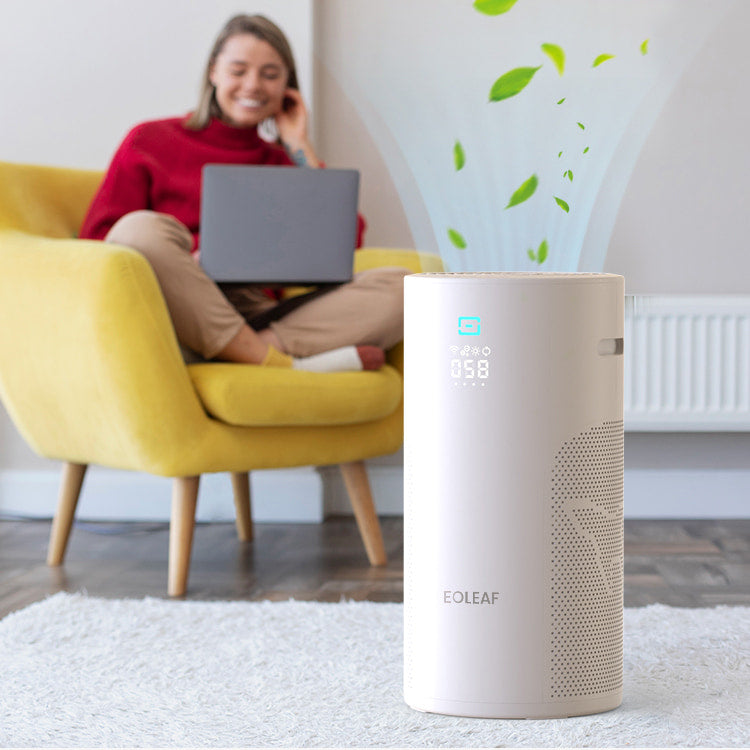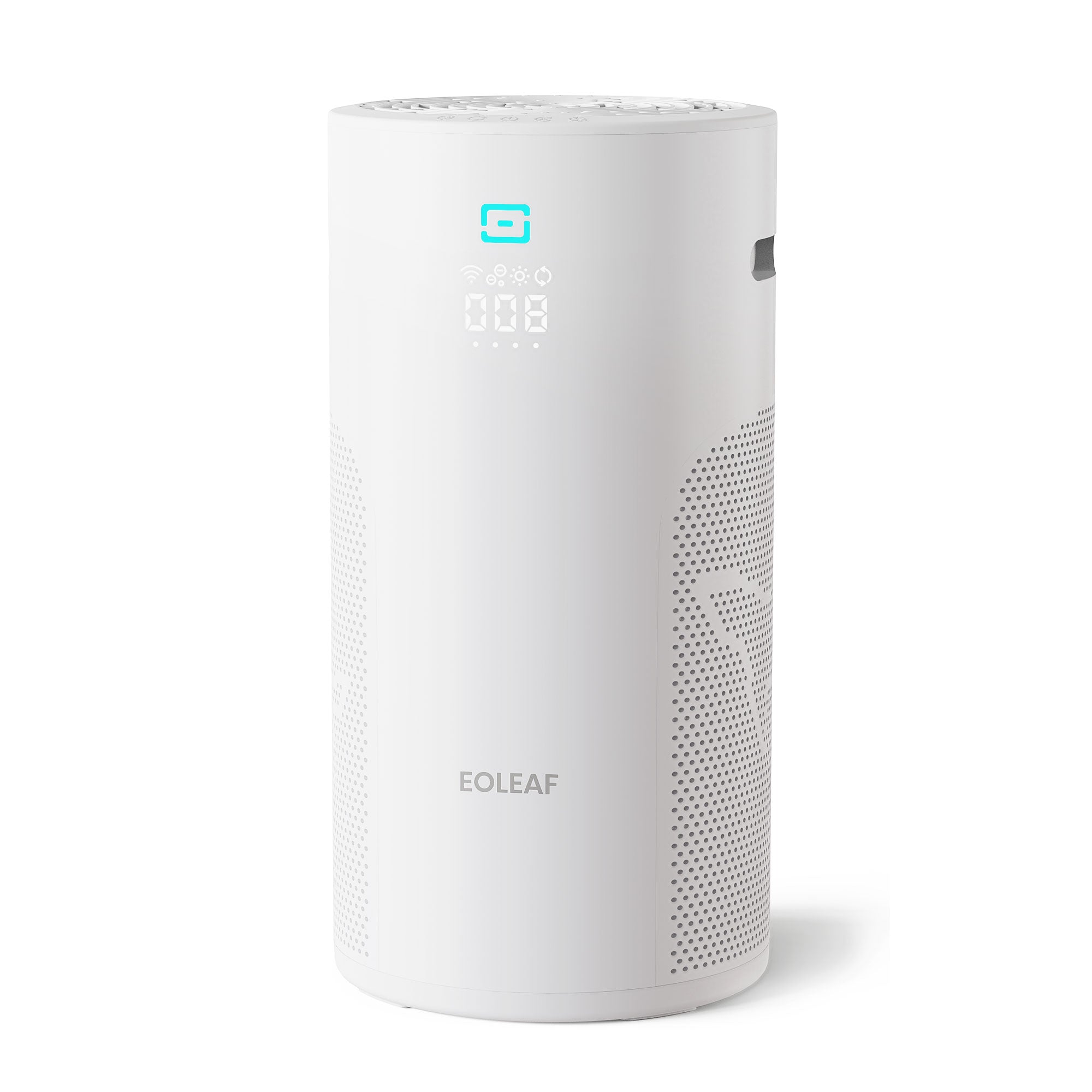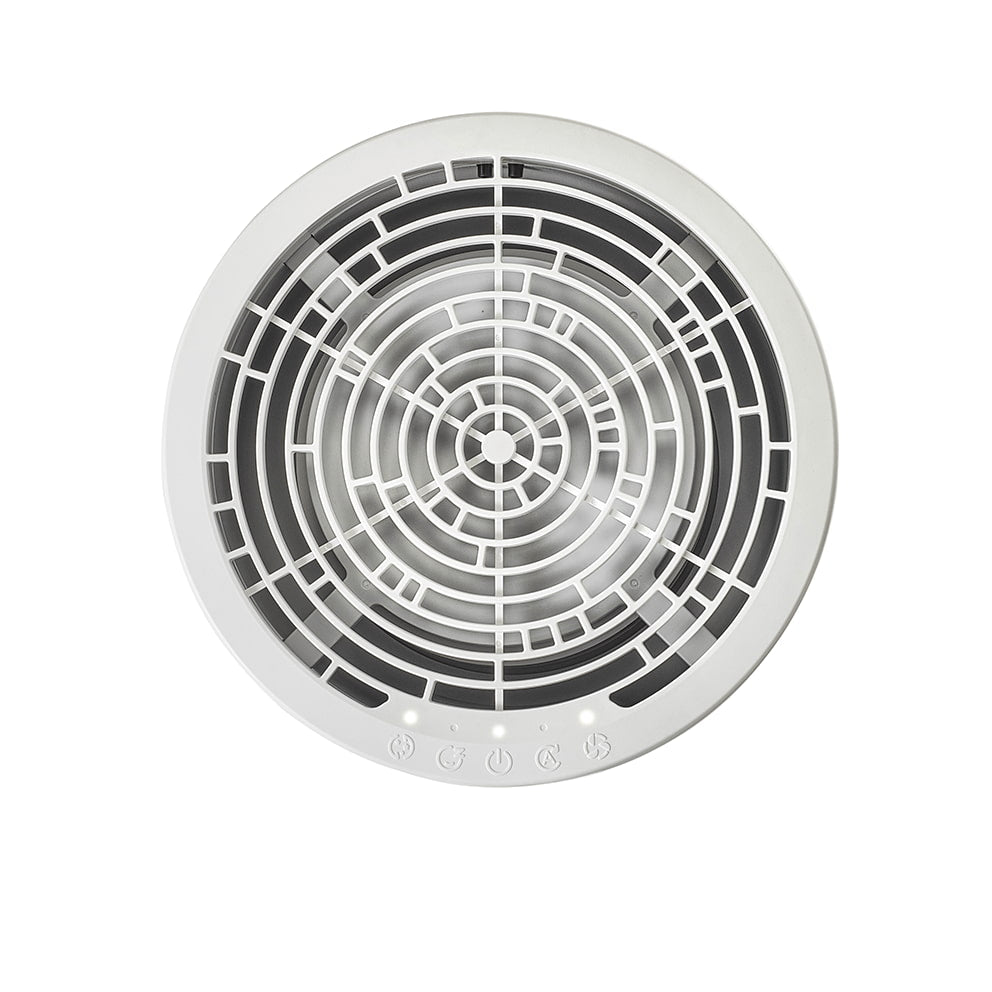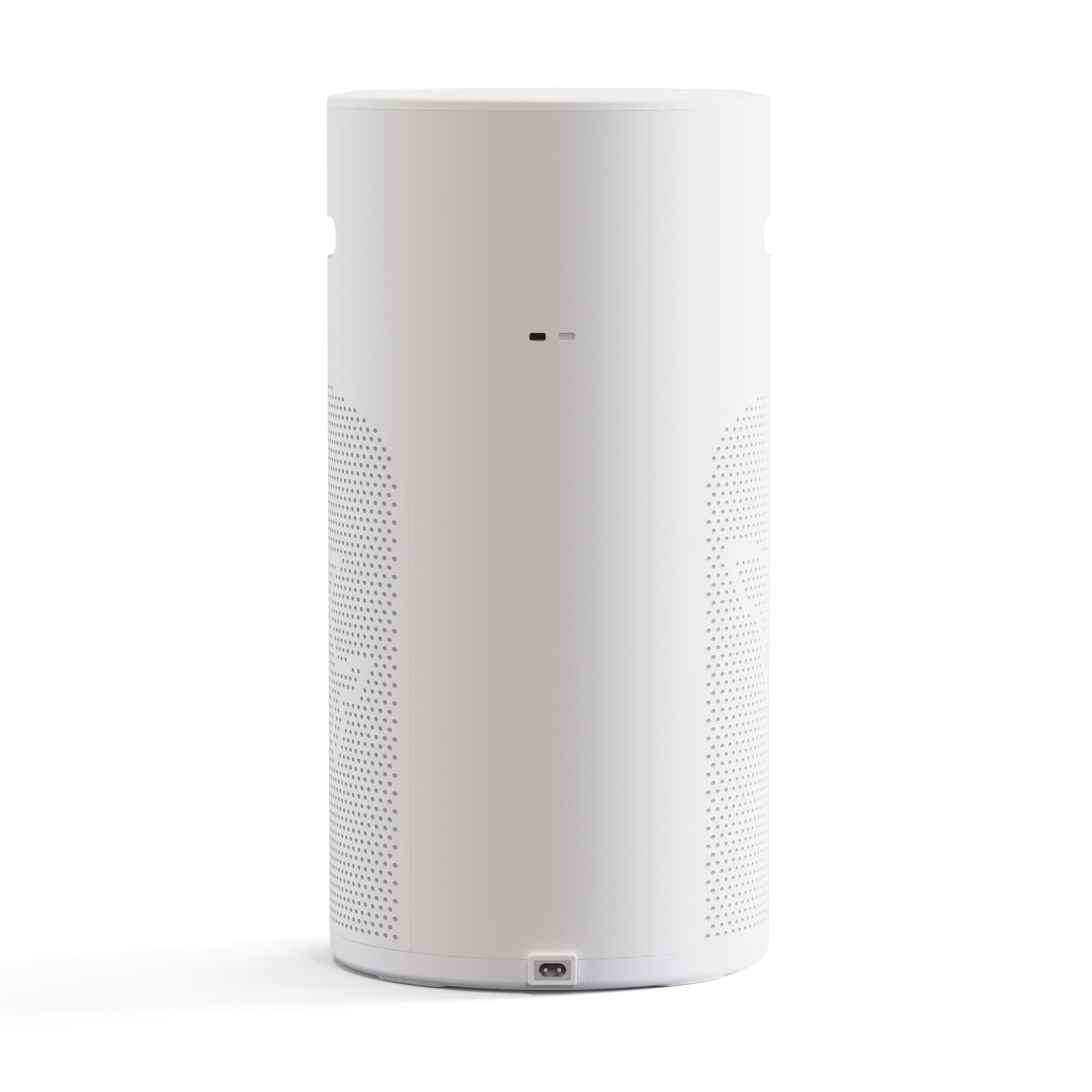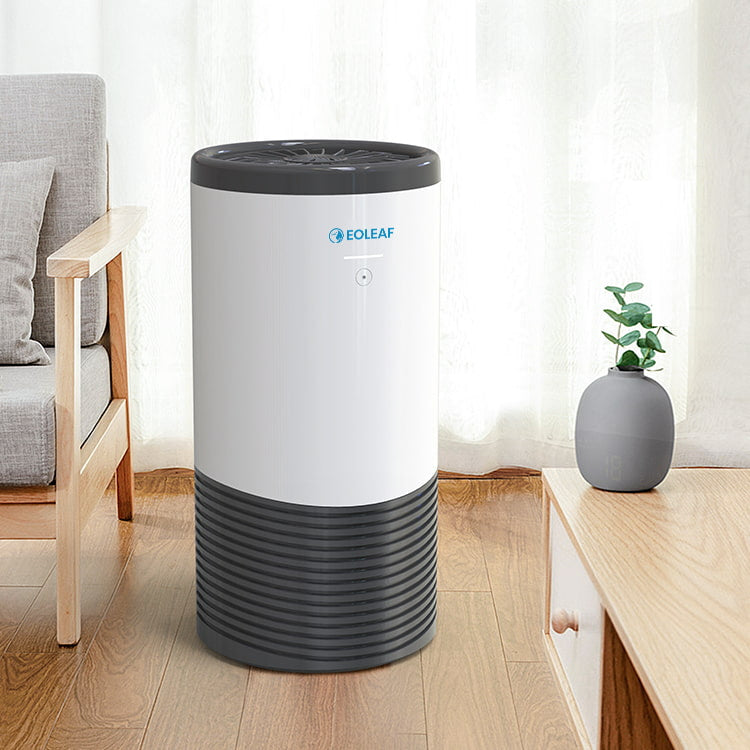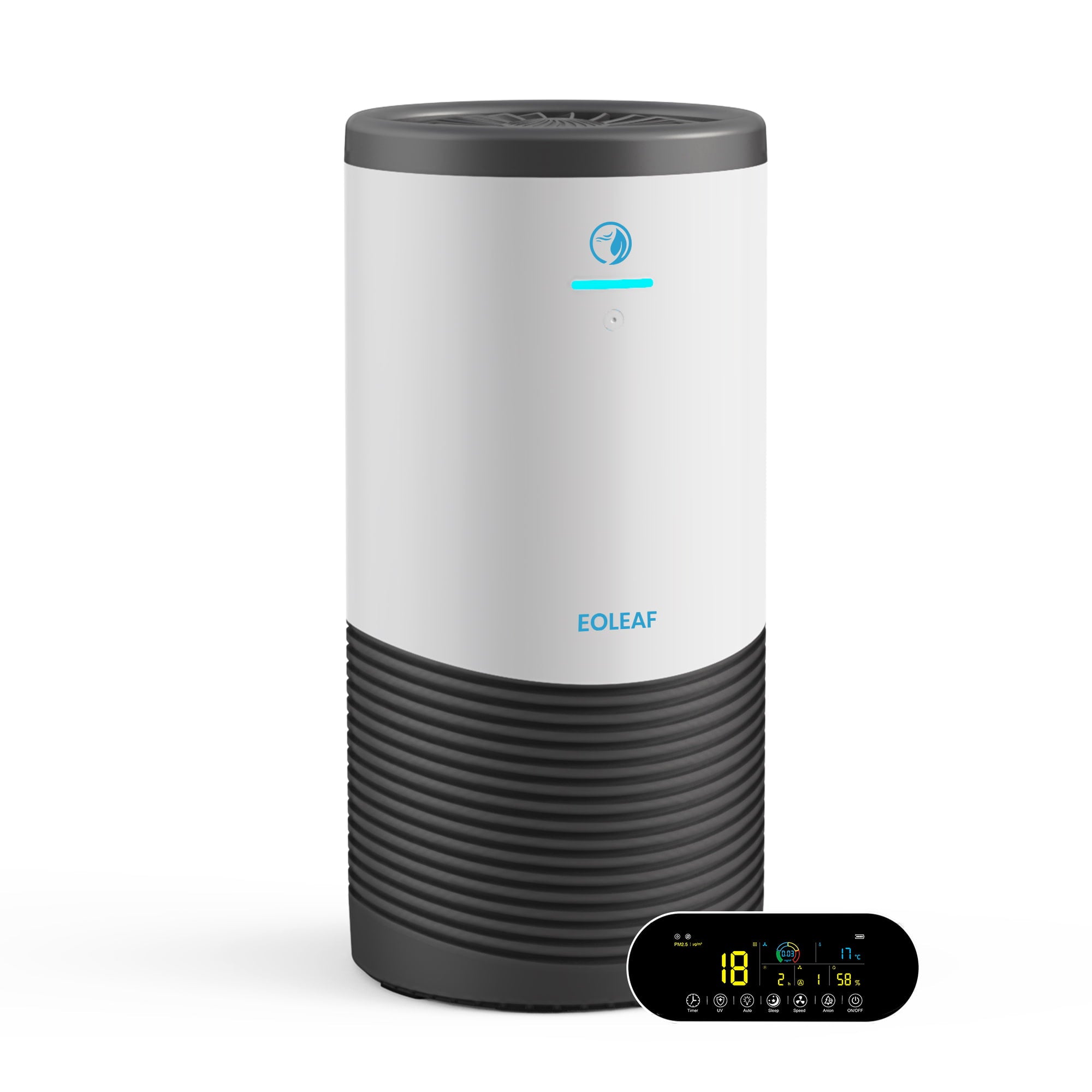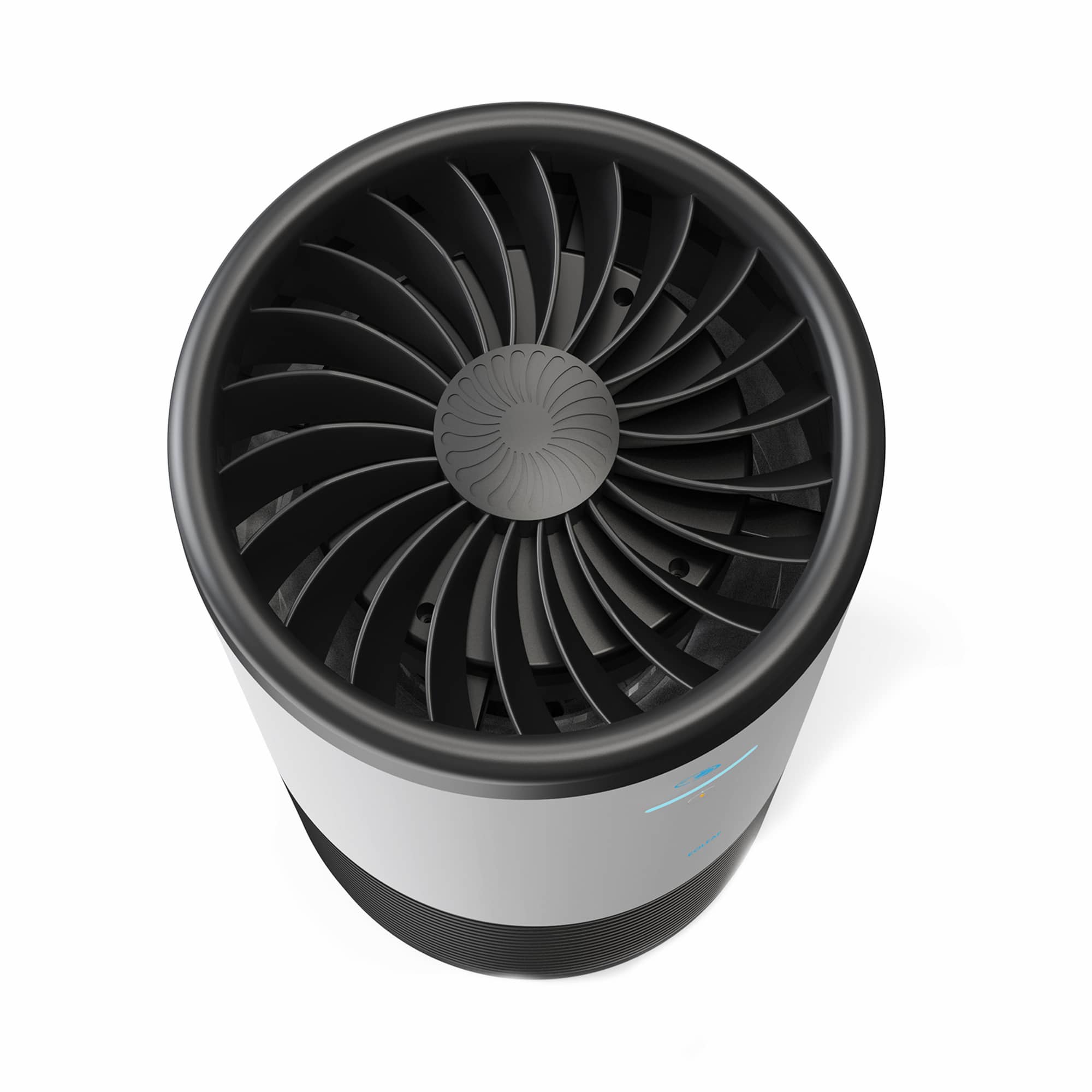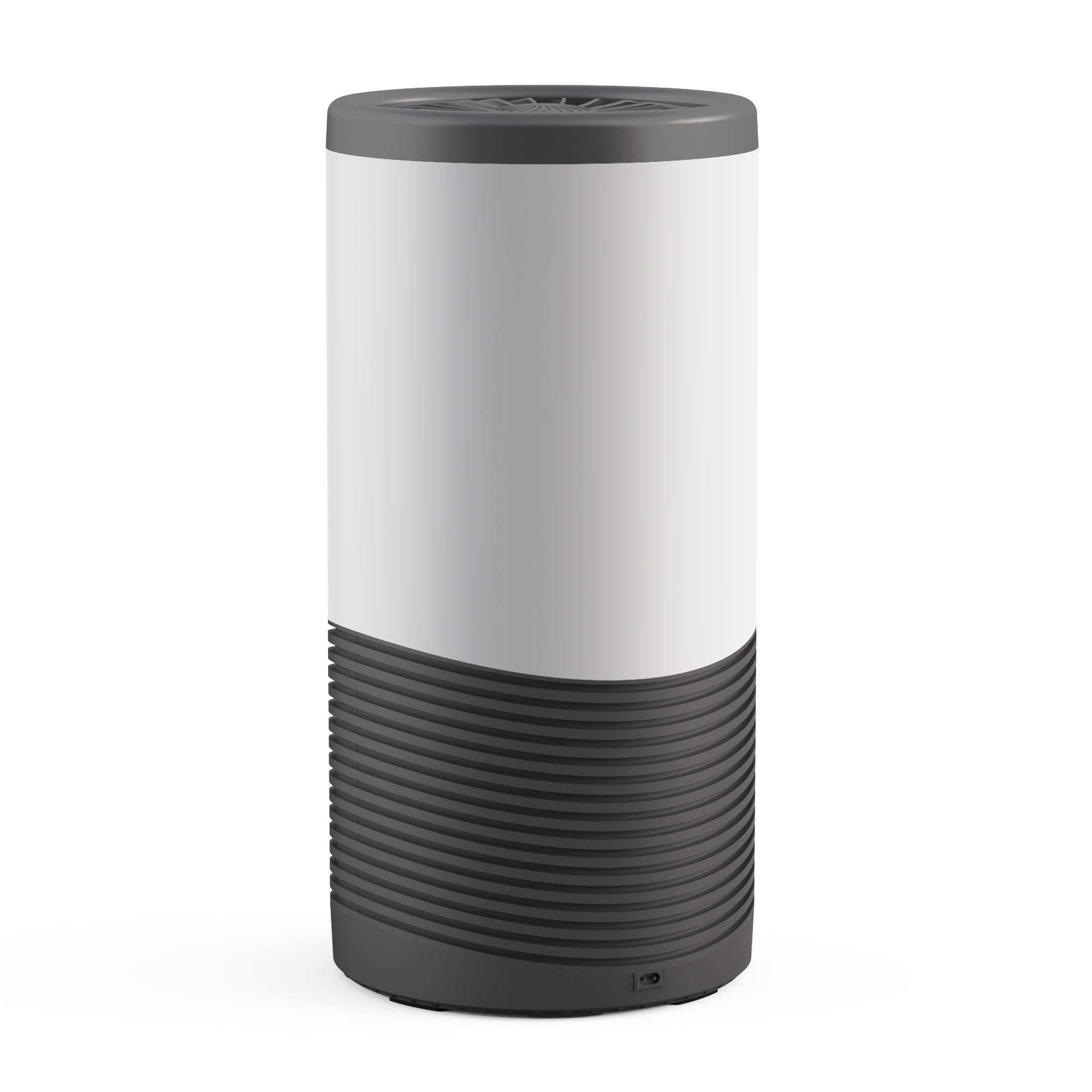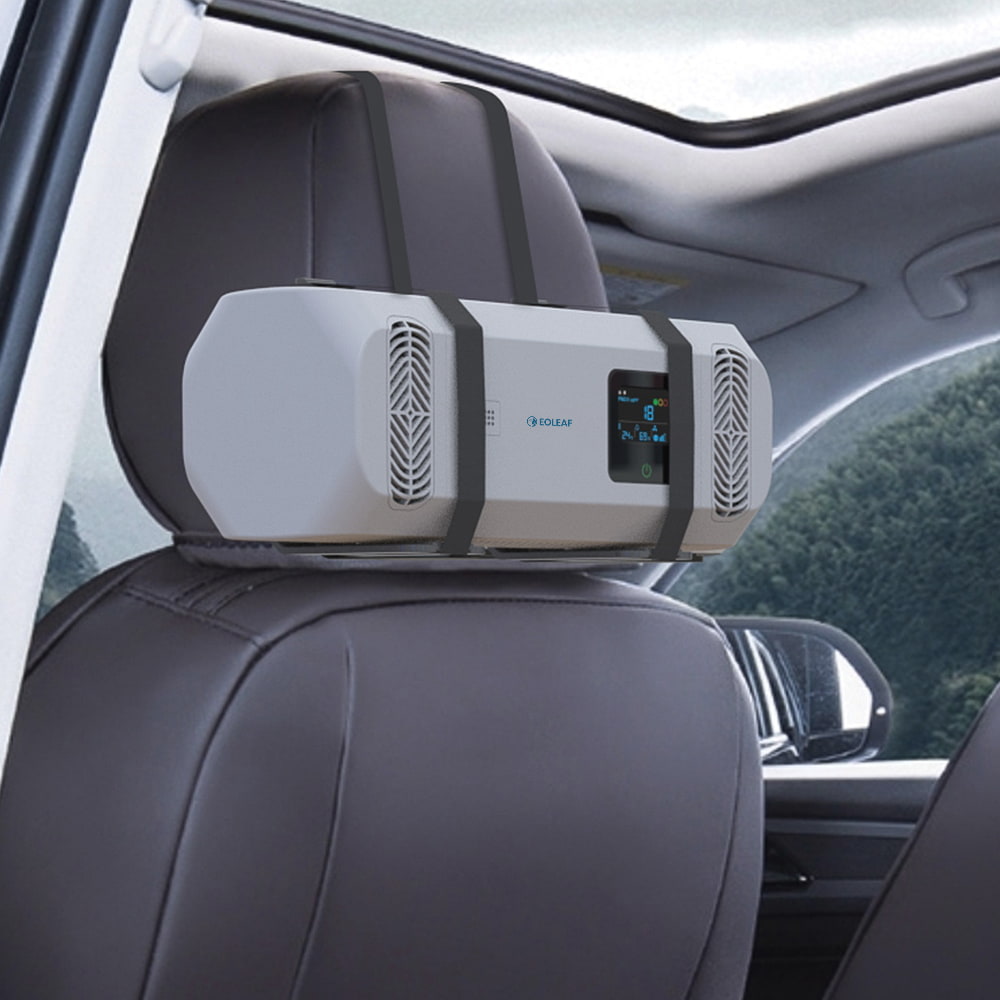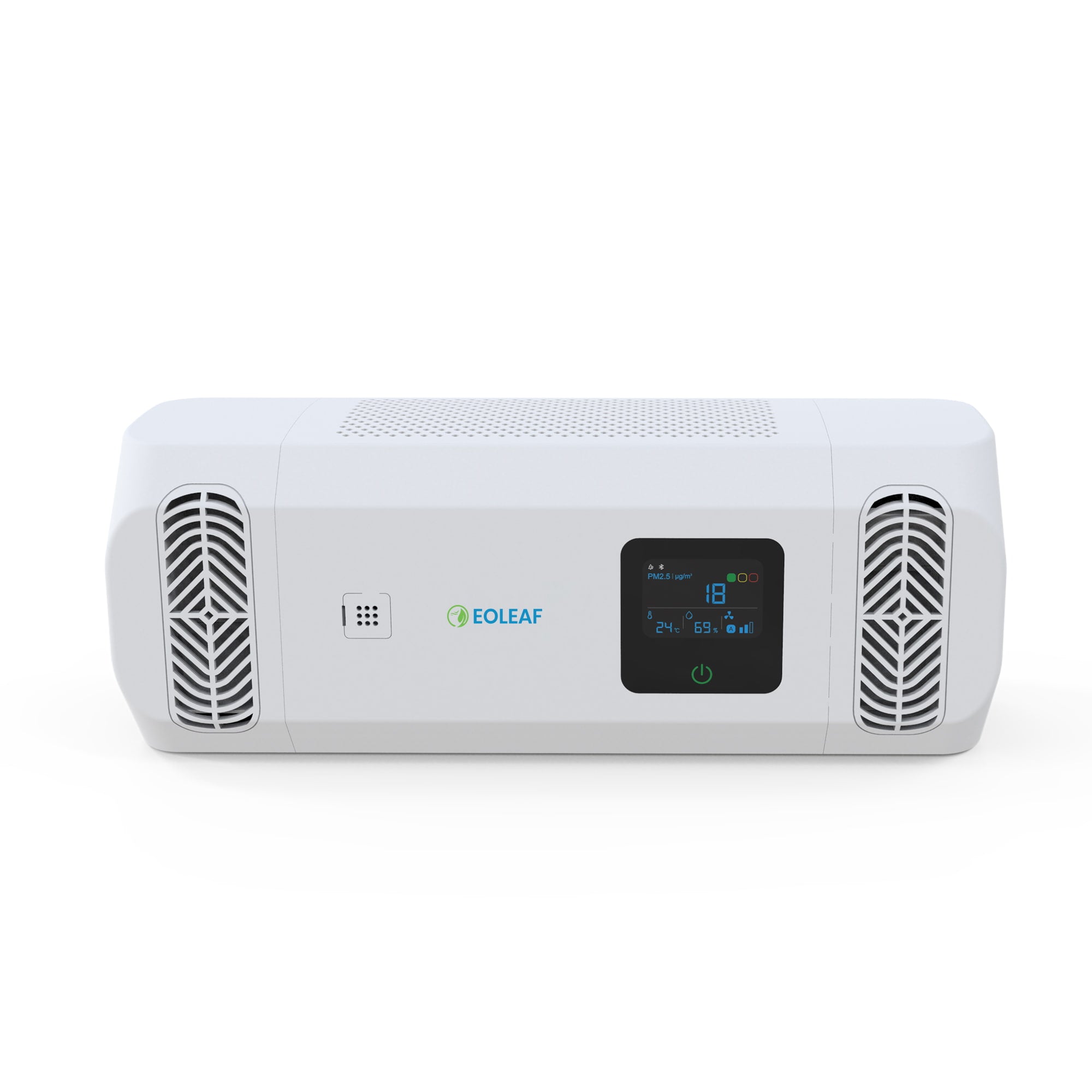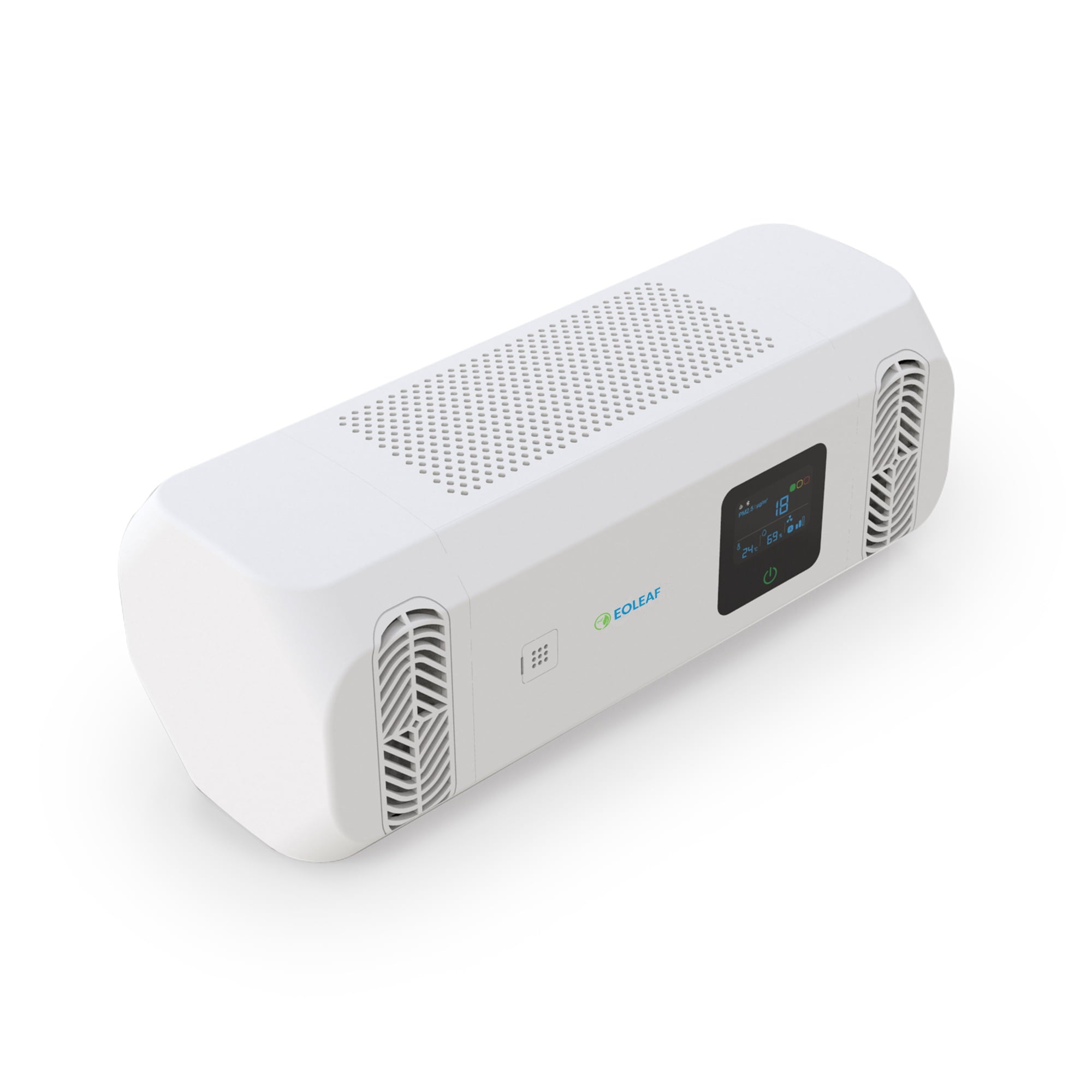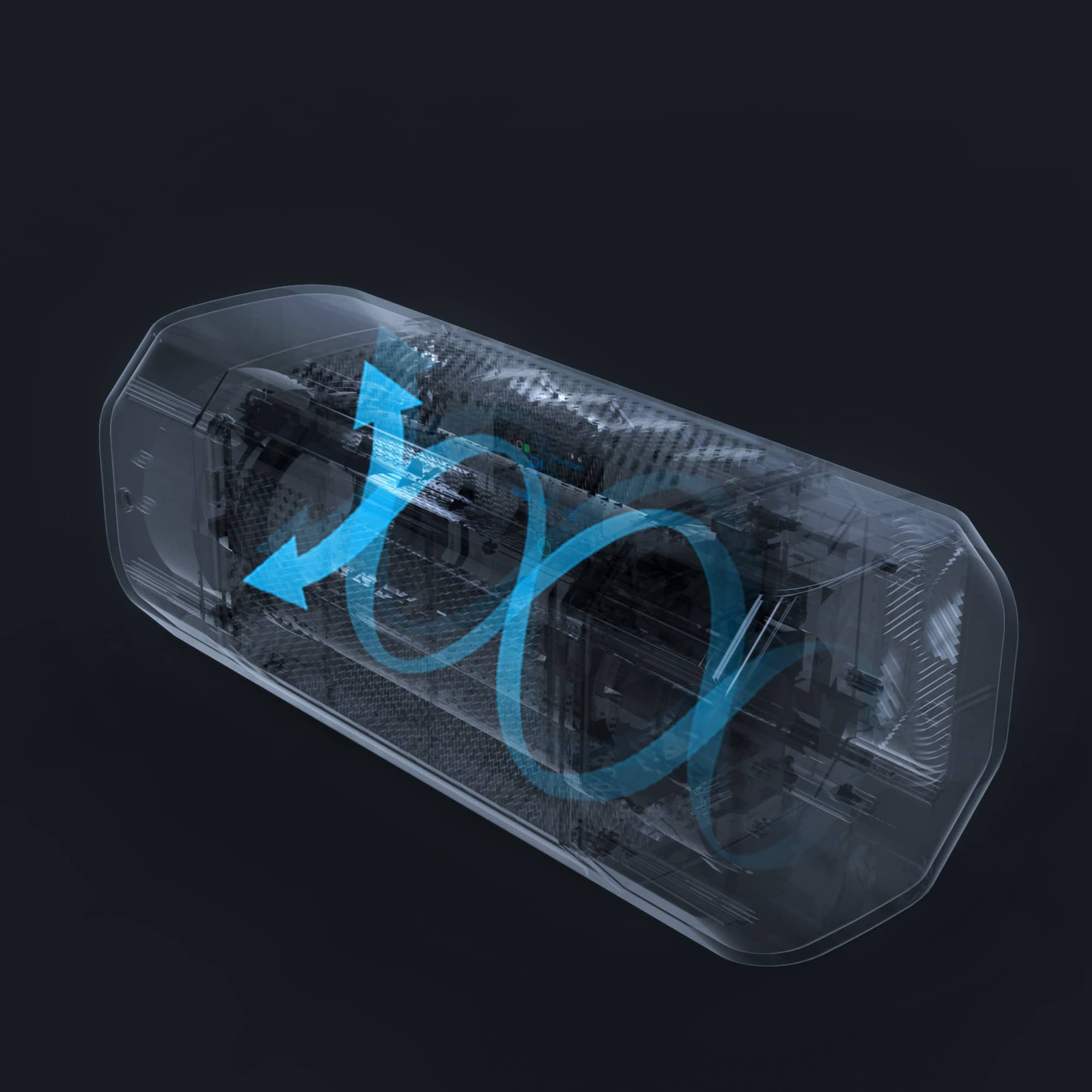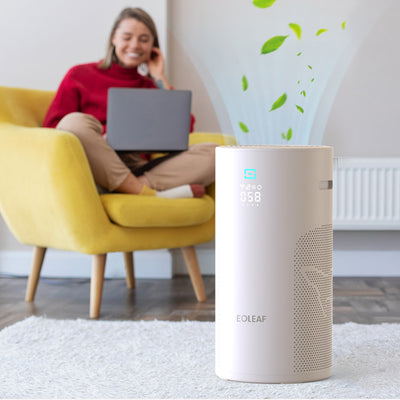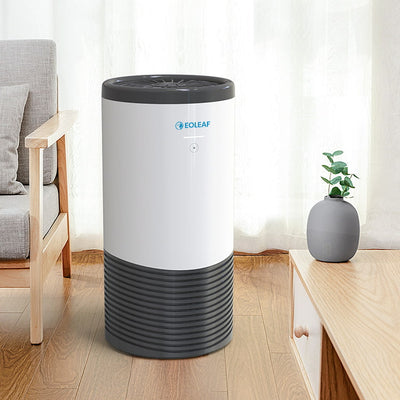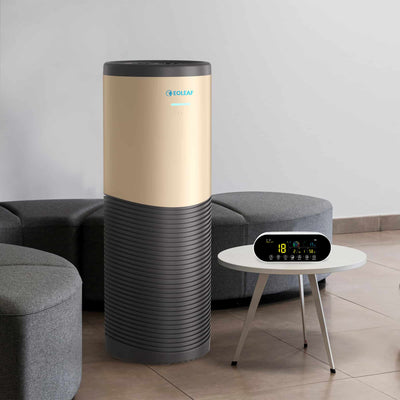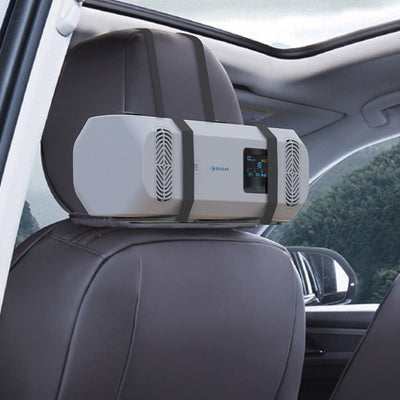Choosing the best air purifier for 1000 square feet (100 m2) - the complete buying guide
Deciding on an air purifier for a large space may feel like a daunting task. It is not enough to simply seek out the largest unit that you are able to find; it is essential to understand the intricacies of purifying all of the air in a substantial space, to sift through air purification technologies, and to choose a brand that delivers the best indoor air filtration and improvements in indoor air quality. Use this guide for assistance in choosing the right air purifier for your large space, whether it be a home, office, or professional establishment.

What does ‘1000 square feet (100 m2)’ really mean for air purification?
Properly filtering the air and improving indoor air quality in a space of 1000 square feet (100 m2) or larger requires a deeper understanding of certain factors in order to ensure that all of the air in your space will be properly filtered.
Understanding coverage area and CADR (Clean Air Delivery Rate)
Clean Air Delivery Rate (CADR) is one of the crucial metrics that one should understand before purchasing an air purifier. CADR rating is used to determine an air purifier’s efficiency in the removal of all types of pollutants like pollen, pet hair and dander, dust and dust mites, mould spores, smoke (cigarette smoke, cannabis smoke, cigar smoke, wildfire smoke, etc.), chemical pollution (volatile organic compounds or VOCs), and germs (viruses and bacteria). Generally speaking, the higher the CADR, the faster it is at cleaning the air in your room or space. For large spaces or rooms of 1000 square feet (100 m2) or more, you will require a higher CADR than a smaller room would.
Room types and layouts: open spaces vs. multiple rooms
Depending upon whether your 1000 square-foot (100 m2) space consists of one, large room or several rooms separated by doors, the layout of your space must be kept in mind when it comes to choosing an air purifier. If you have one, large room, you will likely only require a single, powerful air purifier in order to treat the whole space. On the other hand, for multiple rooms, if they are separated by doors (without sufficient clearance for air to circulate underneath) that must be kept closed or other partitions that make it impossible for the air to circulate between the rooms, multiple, smaller air purifiers may be required for all areas to be effectively reached. The layout of your large space or room will determine how many air purifiers you will require and how powerful they need to be.
The benefits of Eoleaf air purifiers:
-
Quiet yet powerful devices (up to 670 m3/hr)
-
Discreet and elegant design
-
Easy to use (equipped with Automatic mode) and does not require installation or assembly
-
Can be placed anywhere in your space thanks to our 360° technology
-
Real-time air quality data
-
Filters 99.97% of pollutants using unique and innovative filtration technologies
Differences between square footage and cubic footage: why volume matters
Typically, manufacturers will provide air purifier coverage areas in surface area or ‘room size’ (square footage: length x width). Why? Because many people do not know the height of their ceilings, and this is the best way to give a general idea of an air purifier’s coverage area. Therefore, they assume an average ceiling height for these numbers. Typically, in English-speaking markets, ceiling height is standardised as follows:
- USA: 8 feet
- Canada: 2.1 metres (6 feet 11 inches)
- UK: 2.4 metres (7 feet 10 inches)
- Australia: 2.4 metres (7 feet 10 inches)
- New Zealand: 2.55 metres (8 feet 4 inches)
- Singapore: 2.6 metres (8 feet 6 inches)
- South Africa: between 2.1 and 2.4 metres (between 6 feet 11 inches and 7 feet 10 inches)
Surface area does not tell the whole story. Cubic footage (length x width x height) is crucial in determining the actual volume of air that an air purifier must treat. Certain homes may have much higher ceilings, indicating that a more powerful air purifier is required in order to achieve the desired Air Changes per Hour (ACH), or the amount of times the air in a room or space is replaced by purified air. It is recommended that an air purifier achieve an ACH of 3 to 5, meaning that the air is renewed 3 to 5 times per hour.

Key features to look for in a large-room air purifier
In addition to the above-mentioned CADR rating and coverage area, there are other features to look for that may significantly augment an air purifier’s effectiveness on indoor air quality in a large room or space.
HEPA vs. ULPA filters: which one is best?
High-Efficiency Particulate Air (HEPA) and Ultra Low Penetration Air (ULPA) filters are common standards in the air purification industry. You may be wondering: which is the best for my situation?
HEPA filters
HEPA-certified filters are air purifier filters that have been third-party tested and certified for their effectiveness. HEPA consists of many different grades ranging from H10 to H14. The different HEPA filtration rates and their filtration efficacies are listed below:
- H10
-
- Filtration rate: 85%
- Allows 15,000 particles of 0.1 micron per litre of air to pass through
- H11
-
- Filtration rate: 95%
- Allows 10,000 particles of 0.1 micron per litre of air to pass through
- H12
-
- Filtration rate: 99.5%
- Allows 500 particles of 0.1 micron per litre of air to pass through
- H13 (as used in Eoleaf products)
-
- Filtration rate: 99.95%
- Allows 50 particles of 0.1 micron per litre of air to pass through
- H14
-
- Filtration rate: 99.995%
- Allows 5 particles of 0.1 micron per litre of air to pass through
ULPA filters
ULPA filters provide the highest level of filtration efficiency at 99.9995% of particles down to 0.12 microns, but these are intended specifically for installation in the most critical environments, specifically in clean rooms (their most common use), operating rooms, isolation rooms, and medical research laboratories. In these places, the difference in filtration, although slight, is critical to avoid compromising results1,2.
Which filter type is best for my large space or room?
A HEPA H13 filter is more than sufficient for most individual and professional needs, even for those with higher levels of indoor pollution and/or respiratory symptoms. However, two things must be verified beforehand: 1) the HEPA filter must be certified and 2) the HEPA filter must be medical-grade.
Even without being certified HEPA, many brands will make claims of offering HEPA filtration (or ‘HEPA-type’ filters or technologies developed in-house that contain the HEPA acronym but are not certified, like Blueair’s HEPASilent technology). This means that it is impossible to guarantee the filtration rate of these air purifiers, and, thus, their true impact on indoor air quality, since they have not been tested by a third party. When making your purchase, ensure that you see the words ‘HEPA-certified’ listed in the product description and/or technical specifications.
It is also important to choose an air purifier that has a medical-grade HEPA filter. This means that the HEPA filter falls under the grades H13 or H14. Eoleaf devices all offer HEPA H13-certified filters and guarantee, as a result, medical-grade filtration of 99.97% of all air pollutants down to a size of 0.01 microns in a single pass. H14 filters are only used in a hospital setting. That is because, due to their smaller filter mesh, they significantly slow down air flow. Therefore, they would require a much louder and much more powerful unit in order for them to achieve an ACH of 3-5 (depending upon fan speed: there is a difference between the highest setting and the lowest).

Activated carbon for odours and gas filtration (VOCs)
Although they are one of the most efficient forms of filtration on the market, HEPA filters only target fine particle pollution (including allergens like dust, dust mites, pet hair and dander, and pollen). They are incapable of removing chemical pollution (including ozone, carbon monoxide, or volatile organic compounds or VOCs) or unpleasant airborne odours. This is why, in order to truly improve indoor air quality, an air purifier should always equally be equipped with an activated carbon filter.
Keep in mind that not all activated carbon filters are made equal. Quality may vary significantly, so be sure to reach out to the manufacturer to ask for the weight of the activated carbon filter before making your purchase. The heavier the activated carbon filter (the more activated carbon it contains), the greater its absorption capacity for chemical gases like VOCs. Eoleaf makes all of this information available to our clients and can be found in our dedicated article here. Activated carbon filter layers found in Eoleaf filters are heavy and have a substantial absorption capacity for gaseous pollutants, cooking smells, pet odours, chemical fumes (like VOCs), and more.
Other essential filtration technologies
Large spaces have the capacity to contain and store a lot of pollutants from varying sources, so why not have an air purifier that does it all? Eoleaf devices are not only equipped with medical-grade HEPA H13-certified filters and heavy and efficient activated carbon filters, but they also contain 6 other technologies that each target a different form of indoor air pollution and improve air quality.
Most notably, Eoleaf air purifiers also offer photocatalysis, ionisation, and UVC sterilisation technologies. Photocatalysis serves as another technology that targets gaseous pollutants, like VOCs, but is particularly efficient at removing complex chemical pollution (even carcinogenic VOCs). Ionisation is used for the removal of fine particles, especially those generated by smoke (including cigarette and other types of smoke) and dust. Finally, UVC sterilisation, an absolutely crucial technology when it comes to indoor air pollution and poor indoor air quality, combats airborne germs like viruses and bacteria, but it also has an extremely important job: it sterilises the filter that becomes a hotbed for harmful air pollutants as it absorbs and stores them until the filter is changed every 12 months. UVC sterilisation protects you from potential recontamination during filter changes.

Smart features: sensors, Automatic mode, and remote monitoring
More modern air purifiers incorporate smart features that make using and controlling your air purifier easier but also facilitate real-time air pollution tracking and improve indoor air quality. Here are some of the smart features found in Eoleaf air purifiers:
- Air quality sensors: PM2.5 sensors are found within the body of our NeoPur 400 and PM2.5 and formaldehyde (VOC) sensors are found in our handheld remote control that comes included with our TeraPur 600 and AltaPur 700 air purifiers
- Automatic and Sleep modes: Automatic mode increases the air purifier’s fan speed automatically in order to react to new, incoming air pollutants; Sleep mode turns off all indicator lights and leaves the air purifier running at its lowest fan speed
- Smartphone app and Wi-Fi capable: these features allow real-time air pollution tracking right from your phone and also provide accurate filter replacement indicators
- Additional smart features: voice commands and hands-free gesture control
Noise level considerations for residential and office use
Often, air purifiers for large spaces, requiring a lot of power, generate a significant amount of noise in order to treat the entire room or space. Before purchasing, verify that your air purifier does not produce considerable noise that could disturb users of the space. Opt for a model that operates quietly even at their highest setting. Eoleaf devices do not exceed 60 dB of noise even when left running at their highest settings (despite generating an impressive amount of power). Low noise levels improve both comfort and productivity.
Who needs an air purifier for 1000 square feet (100 m2)?
Large spaces or rooms are common within both the individual and professional sectors.
AltaPur 700 air purifier
120 m² (1300 sq ft) coverage area - Professional model
Households with open living spaces
Homes that have large, open-plan living rooms, kitchens, or other combined spaces are spaces or rooms that benefit greatly from the use of a powerful air purifier. Areas like this experience significant pollutant spread (fumes or odours coming from the kitchen or pet hair and dander coming from the living room, cigarette smoke, or smoke coming from the chimney). Treating the air with an air purifier in a large, open space helps target air pollution coming from a variety of sources.
Offices, clinics, and shared workspaces
Air purifiers are particularly useful in large spaces that are shared by multiple individuals like offices, medical clinics, and coworking spaces. Humans sharing a space or room leads to an increased likelihood of germ spread, and humans also track allergens indoors like pollen, dust, dust mites, pet hair and dander, and mould spores in their hair and on their skin and clothes. Outdoor air pollutants also enter indoor spaces this way and easily become airborne.
Hospitality and retail environments
Just like offices and shared workspaces as mentioned above, a high density of people in an indoor space always leads to a higher transmission rate of germs, allergens, and outdoor pollutants that easily become airborne (even pollutants generated by cigarette smoke travel on clothes and in hair!). This severely degrades indoor air quality. Activated carbon filters in high-performance air purifiers also remove airborne odours that may impact a customer’s experience in hospitality and retail environments.
People with allergies, asthma, or chemical sensitivities
Individuals suffering from respiratory symptoms like allergies, asthma, COPD, or pulmonary embolism and/or those who experience chemical sensitivities benefit greatly from an air purifier for 1000 square feet (100 m2) or more. High-performance air purifiers like Eoleaf’s are designed to pull in and treat any irritating air pollutant present in a large space and provide relief to those whose symptoms are triggered by these compounds. Pollen, dust and dust mites, pet hair and dander, mould spores, VOCs, germs, and other forms of fine particle pollution may serve as triggers to those suffering from any of the previously-mentioned ailments or conditions.

Comparing the top air purifiers for 1000 square feet (100 m2) in 2025
With so many air purifier brands selling products in the air purification market, it is hard to decipher which products are worth the price in both the short- and long-term. It is important to consider an air purifier’s concrete benchmarks before spending your money on a device.
Performance benchmarks (CADR, filter life, energy use)
The initial purchase price is an important factor to consider, of course, but it is not the only factor. Although an air purifier may be cheaper when making your initial purchase, there are benchmarks that may end up costing you much more in the long run.
Actual CADR values
Determine the actual CADR rating of an air purifier based on your cubic footage requirements, not square footage (or ‘room size’). Learn more about how to calculate your actual requirements CADR here.
Filter changes
An ongoing requirement for all air purifiers regardless of model or brand is replacement filters. Different models have varying filter change needs with some models requiring filter changes every few months (typically lower-quality filters) to just once a year (higher-quality filters like those found in Eoleaf air purifiers).
Energy consumption (watts)
An air purifier for 1000 square feet (100 m2) may consume significant amounts of energy, especially for a unit that is left running 24/7. Filtering the air in a large room is a big task! Seek out an air purifier that consumes little amounts of energy. Eoleaf’s model for large spaces or rooms, the AltaPur 700, uses the following watts per fan speed:
- ECO stand-by power ≤2W
- Speed 1: 9.8 W
- Speed 2: 13.6 W
- Speed 3: 28.2 W
- Speed 4: 37.8 W
- Speed 5 (highest setting): 54.5 W
For a device that is left running constantly, this equates to just a few pounds (or dollars or euros) per month on your energy bill.

Pros and cons of popular brands
When considering popular air purifier brands, it is important to ask yourself one question: is this brand selling air purifiers simply to add to their vast catalogue of other home electronics, or are they offering a high-quality product with your indoor air quality in mind? Dyson and Philips are two examples of high-profile brands that have simply added air purifiers to their range of products because there is a demand for them. Their air purifiers provide sub-par air purification, and we encourage consumers to educate themselves on the technical specifications of these products before purchasing.
For other brands that focus on air purification like Levoit and Blueair, again, be sure to do your research before purchasing. Both brands have been guilty of deceptive marketing practices.
Price vs. value: why premium models pay off over time
High-performance, high-quality air purifiers may have a higher upfront cost, but these devices typically offer a longer filter life, lower energy consumption, and better filtration efficiency. All of these things lead to long-term savings and better air purification.
Eoleaf’s commitment to clean air in large spaces
Eoleaf devices have built a reputation of offering a high-quality air purification solution. Our devices can cover all room sizes or spaces, and for large spaces, our AltaPur 700 model is designed to cover rooms and spaces of up to 1300 square feet.
Medical-grade filtration without ozone
Thanks to our 8-step filtration technology, all Eoleaf devices provide medical-grade filtration, removing 99.97% of all air pollutants down to a size of 0.01 microns in a single pass. Equipped with medical-grade HEPA H13-certified filters, they also offer heavy, high-quality activated carbon filters as well as photocatalysis, ionisation, and UVC sterilisation technologies. Our products are certified ozone-free, so you never have to worry about an Eoleaf device emitting harmful ozone.
Eoleaf is a company that specialises in air quality solutions and only air quality solutions, unlike other major brands that have added air purifiers to their already expansive range of home electronics. Indoor air quality is our business.
How Eoleaf ensures true 100 square feet performance
Eoleaf adheres to all certifications that are currently available on the market. Our air purifiers are HEPA-certified, ECP ACL Air Cleaners certified, Norme NF certified, and more. Eoleaf devices have also been tested for their efficacy by Octopus Labs, a third-party laboratory. Our AltaPur 700 air purifier is powerful, optimising airflow and fan power to achieve a high CADR rating, making it the perfect air purifier for 1000 square feet (100 m2) or more.
Warranty, customer service, and global shipping
Here at Eoleaf, we pride ourselves on being advocates for our customers. Indoor air quality is the heart of our business, and we supply devices that will last. We offer three-year warranty periods to cover any factory defects, dedicated repair centres, responsive (and human!) customer service, and global shipping to anywhere in the world.

Sources
1 EPA, HEPA and ULPA Filters. AAF. (n.d.). https://aafeurope.fr/des-produits/filtres-epa-hepa-et-ulpa
2 HEPA vs ULPA filters in cleanrooms. CSI Testing. (2025, February 17). https://csitesting.com/hepa-vs-ulpa-filters-in-cleanrooms/
Eoleaf's range of air purifiers
NeoPur 400 air purifier
40 m² (450 sq ft) coverage area - Smart & Connected
TeraPur 600 air purifier
80 m² (850 sq ft) coverage area - Ultimate all-in-one
AltaPur 700 air purifier
120 m² (1300 sq ft) coverage area - Professional model
PurCar air purifier
HEPA H13 Filter & Ioniser - For all vehicles

